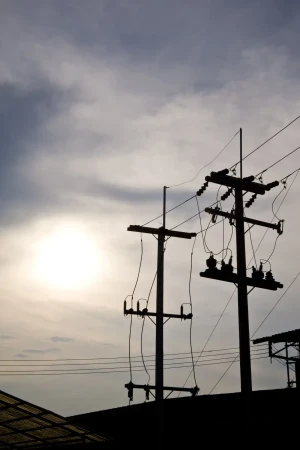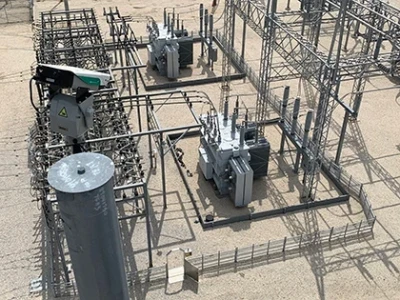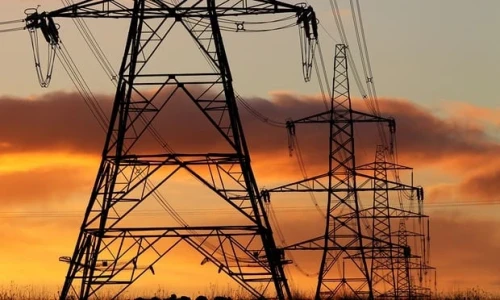Trump Budget Proposal Slashes Clean Energy Funding

President Donald Trump's proposed 2026 federal budget outlines a significant reallocation of resources, with a notable emphasis on reducing expenditures in clean energy, environmental initiatives, and scientific research. The Department of Energy (DOE) is particularly affected, facing a proposed $19.3 billion cut, which includes substantial reductions in funding for renewable energy programs and the Infrastructure Investment and Jobs Act (IIJA).
Proposed Cuts to the Department of Energy
The budget proposal suggests eliminating approximately $15.2 billion of the DOE's IIJA funding, targeting projects related to electric vehicles, battery development, and carbon capture technologies. The administration characterizes these initiatives as "costly, wasteful, or duplicative programs," aiming to redirect resources toward other priorities.
Additionally, the Office of Energy Efficiency and Renewable Energy (EERE) would experience a 75% funding reduction, from $2.85 billion to $720 million. Specific areas within EERE, such as solar and wind energy technologies, would see cuts from $280 million to $67 million and from $104 million to $22 million, respectively.
The Office of Science is also impacted, with a proposed $1.1 billion reduction, while the Office of Environmental Management faces a $389 million cut. Conversely, the National Nuclear Security Administration would receive a 25% funding increase, highlighting a shift in focus toward nuclear security and away from renewable energy initiatives.
Implications for Clean Energy and Climate Initiatives
Critics argue that these proposed cuts could hinder the United States' progress in clean energy innovation and environmental protection. The EERE's programs are credited with fostering advancements in energy efficiency and renewable technologies, contributing to job creation and economic growth. Reducing funding for these programs may impede the development and deployment of clean energy solutions, potentially increasing reliance on fossil fuels.
The proposed elimination of the Energy Star program, known for promoting energy-efficient products, and the Title XVII loan guarantee program, which supports the commercialization of clean energy technologies, further underscores the administration's shift away from federal involvement in clean energy initiatives.
Congressional Response and Future Outlook
The budget proposal has faced bipartisan criticism, with lawmakers expressing concerns over the potential negative impacts on energy costs and environmental standards. Representative Frank Pallone, Jr. (D-N.J.) labeled the proposal a "blueprint for disaster," emphasizing that slashing renewable energy funding could lead to higher electricity prices for consumers .
While the president's budget serves as a starting point for congressional negotiations, it is unlikely to be adopted in its entirety. Historically, Congress has rejected similar proposals to cut funding for renewable energy and environmental programs, indicating potential resistance to the current budget's provisions.
President Trump's proposed 2026 budget reflects a strategic pivot toward prioritizing defense and homeland security spending, with significant reductions in clean energy and environmental funding. The potential implications of these cuts could affect the United States' competitiveness in the global clean energy market and its commitment to addressing climate change. As the proposal moves through the legislative process, it will likely undergo revisions to balance fiscal objectives with environmental and energy priorities.









